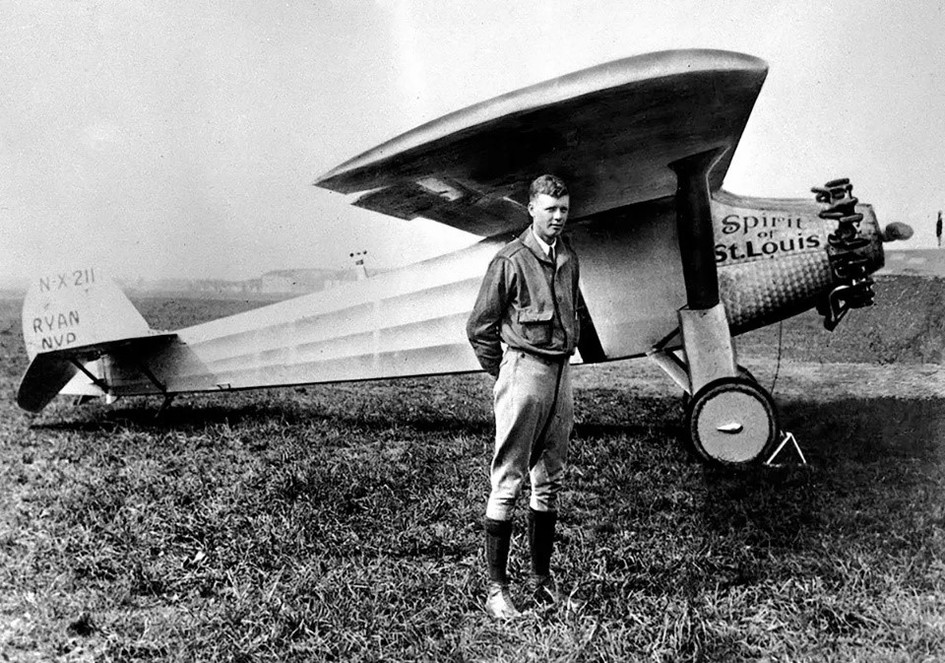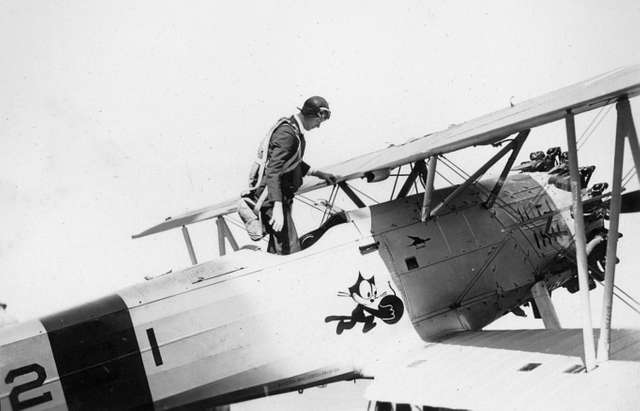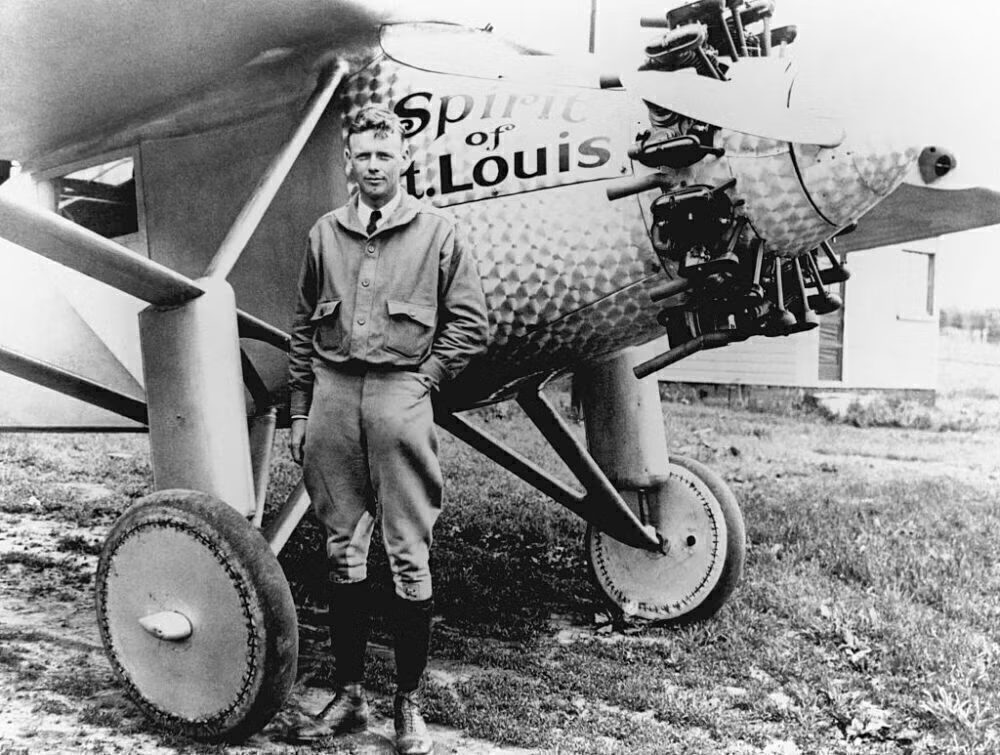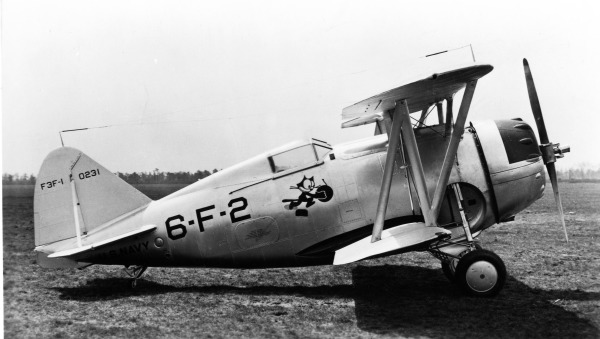In May 1927, the world watched in awe as a young American aviator prepared to attempt the unthinkable. Charles Lindbergh, just 25 years old, climbed into his custom-built monoplane named the Spirit of St. Louis, ready to make the first nonstop solo flight across the Atlantic Ocean. His goal was to fly from New York to Paris, a journey that spanned over 3,600 miles, alone in the cockpit with nothing but determination, navigational instruments, and a silent companion by his side.
That companion, as it turns out, was not human.
Tucked beside Lindbergh in the cockpit was a small stuffed Felix the Cat doll. It may have looked like a simple good-luck charm, but this animated feline served a surprising and practical purpose on one of the most daring flights in aviation history.

A Cultural Icon Meets Aviation History
By the late 1920s, Felix the Cat was already a global cartoon sensation. Created during the silent film era, Felix was known for his clever antics and wide-eyed expressions. His popularity soared, making him one of the most recognizable cartoon characters of the time.
But why would a serious aviator like Lindbergh bring a cartoon character into the cockpit of such a high-risk journey?
The answer lies in a blend of superstition, symbolism, and unexpected science.

Not Just a Mascot: Felix’s Unexpected Role
For Lindbergh, flying solo across the Atlantic posed countless risks. He had no radio communication, no backup pilot, and very limited visibility from his cockpit. Everything rested on his judgment and instincts. Yet one particular danger was hard to detect: wing icing.
Icing occurs when moisture in the atmosphere freezes on an aircraft’s wings, disrupting airflow and potentially causing a loss of lift. At the time, there were no electronic sensors or reliable warnings for such conditions. But Lindbergh had a clever solution.
Video:
History Brief: Charles Lindbergh and the Spirit of St. Louis
He attached the Felix the Cat doll in such a way that its tail was visible to him from the cockpit. The soft tail would flutter freely in normal flight conditions. However, if it stiffened or stopped moving, it could be a sign that ice was beginning to form on the wings or nearby surfaces.
In that moment, a children’s toy became an early warning system, alerting Lindbergh to an invisible threat. It was a blend of simplicity and innovation that reflected Lindbergh’s practical thinking and his ability to use every available tool to his advantage.
A Flight Into the History Books
Lindbergh took off from Roosevelt Field, New York, on May 20, 1927. For over 33 hours, he flew without sleep, battling exhaustion, rough weather, and the limits of human endurance. The Felix doll sat quietly nearby as Lindbergh navigated with charts, compass readings, and occasional glimpses of the ocean below through breaks in the clouds.

On May 21, he touched down at Le Bourget Field in Paris to a hero’s welcome. The crowd erupted. Newspapers declared him a global sensation. The United States awarded him the Medal of Honor. And the world celebrated not only the man but the machine and even the cartoon cat that made the journey possible.
Why Felix Still Matters
The story of Lindbergh’s Felix the Cat doll is more than just an odd piece of trivia. It highlights how even in moments of serious achievement, there is room for creativity and imagination. In a time when technology was limited, Lindbergh used whatever he could to ensure his safety and success, even if it came in the form of a cartoon feline.
Video:
Charles Lindbergh: A Young, American Hero
Felix represented luck, charm, and a bit of levity during a dangerous mission. But he also served a real-world function, helping one of the greatest aviators of all time detect a life-threatening hazard in the skies.
Conclusion: A Legacy Shared Between Man and Mascot
Nearly a century later, Charles Lindbergh’s solo transatlantic flight remains one of the most celebrated moments in aviation. But nestled in that tale of endurance and bravery is the story of a small stuffed animal whose wiggly tail played a quiet, essential role.
While technology has advanced far beyond cloth mascots and analog tools, the lesson from Lindbergh’s Felix still resonates. Sometimes, thinking outside the box and trusting a little creativity can make all the difference in changing the course of history.



